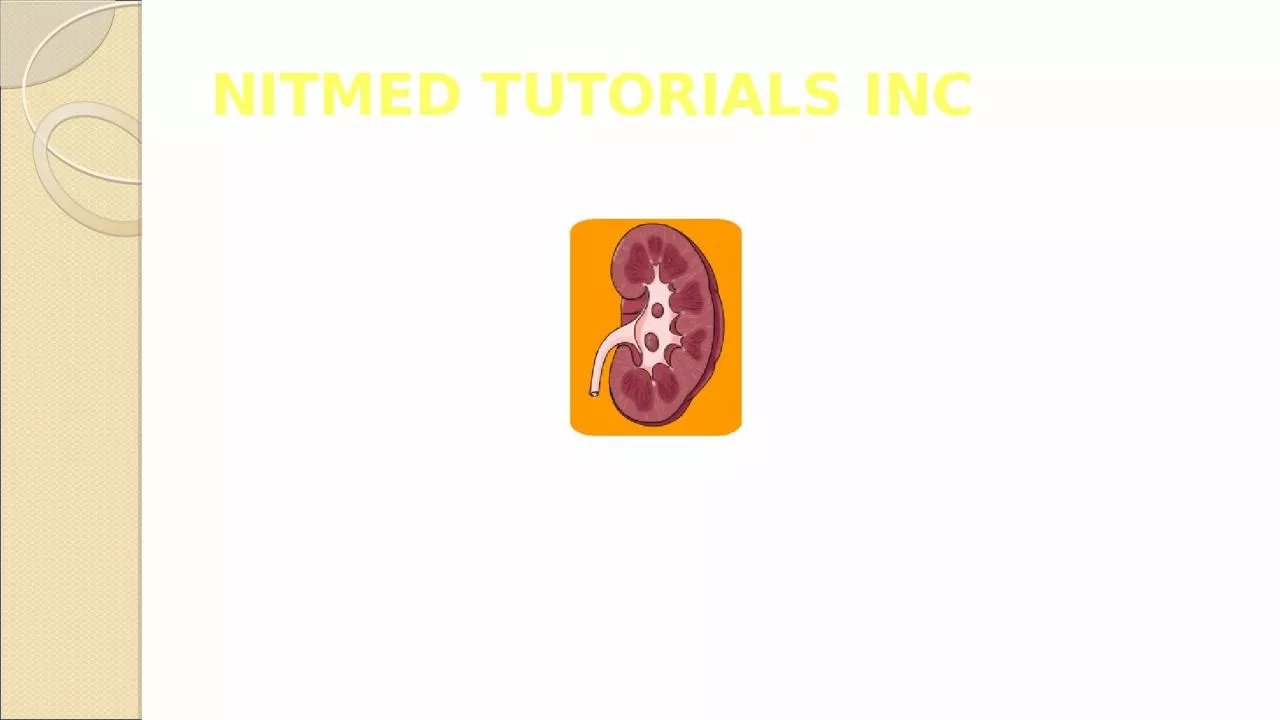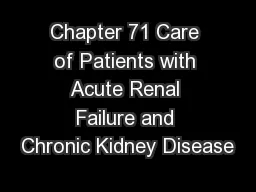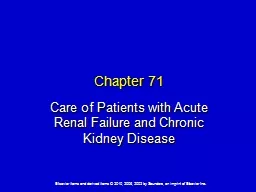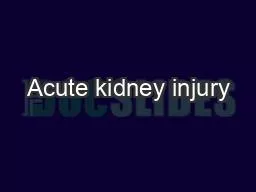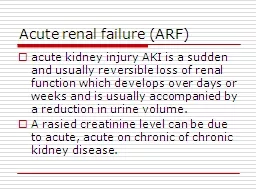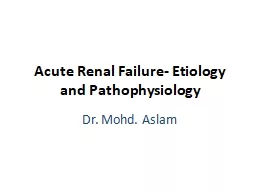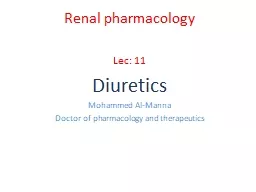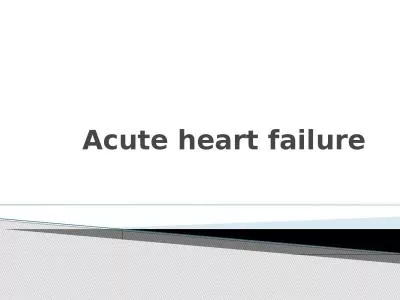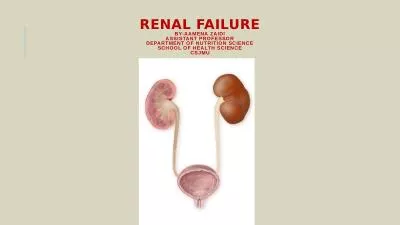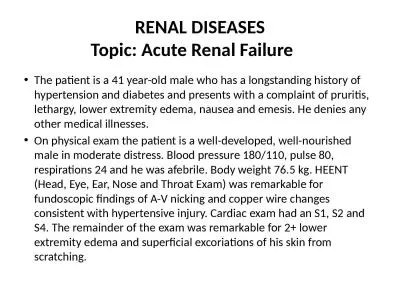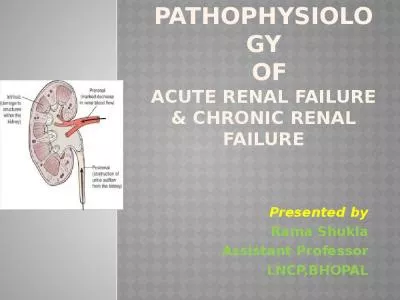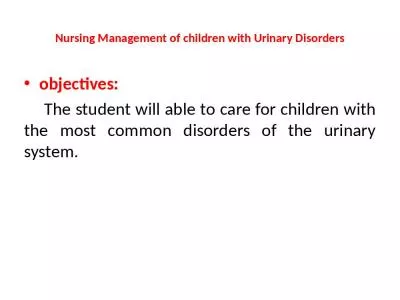PPT-NITMED TUTORIALS INC ACUTE RENAL FAILURE
Author : elizabeth | Published Date : 2023-11-18
Acute Renal Failure Definitions Azotemia the accumulation of nitrogenous wastes Uremia symptomatic renal failure Oliguria urine output lt 400500 mL24 hours Anuria
Presentation Embed Code
Download Presentation
Download Presentation The PPT/PDF document "NITMED TUTORIALS INC ACUTE RENAL FAILURE" is the property of its rightful owner. Permission is granted to download and print the materials on this website for personal, non-commercial use only, and to display it on your personal computer provided you do not modify the materials and that you retain all copyright notices contained in the materials. By downloading content from our website, you accept the terms of this agreement.
NITMED TUTORIALS INC ACUTE RENAL FAILURE: Transcript
Download Rules Of Document
"NITMED TUTORIALS INC ACUTE RENAL FAILURE"The content belongs to its owner. You may download and print it for personal use, without modification, and keep all copyright notices. By downloading, you agree to these terms.
Related Documents

